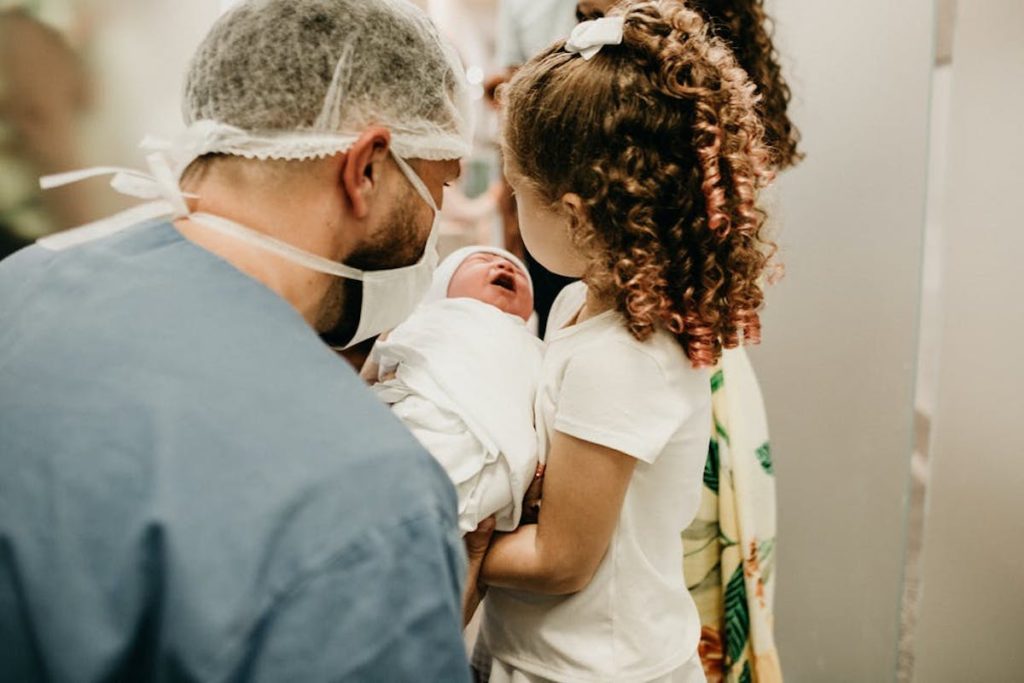Expert

Dave Dillon
Actions
Type
Topic
- Maternal Health
- Quality and Safety
Tags
A new report from the Missouri Hospital Association outlines several strategies stakeholders are undertaking to address the state’s high rate of maternal mortality, and maternity- and childbirth-related illness. Missouri ranks 44th in the nation for maternal mortality, with a death rate of 40.7 mothers per 100,000 live births.
“Reducing maternal harm during pregnancy and during the ‘fourth trimester’ — from birth to one year postpartum — requires rethinking the relationship between the mother and the health care system,” said Alison Williams, MHA Vice President of Clinical Quality Improvement. “Mortality often occurs outside of the birthing unit, while illnesses related to pregnancy and childbirth — known as maternal morbidity — can extend well into the fourth trimester.”
The report, in addition to laying out steps health care providers c an take to improve maternal health outcomes, provides several examples from across the state representing action on maternal health. Two statewide private-public sector initiatives — the 2018 Missouri Maternal-Child Learning and Action Network and the 2019 AIM Collaborative — are at the center of improvement efforts. Both programs bring together experts in maternal health care to provide guidance and oversight in the deployment of evidence based practices in Missouri.
an take to improve maternal health outcomes, provides several examples from across the state representing action on maternal health. Two statewide private-public sector initiatives — the 2018 Missouri Maternal-Child Learning and Action Network and the 2019 AIM Collaborative — are at the center of improvement efforts. Both programs bring together experts in maternal health care to provide guidance and oversight in the deployment of evidence based practices in Missouri.
Researchers found three domains where change by health care providers could improve outcomes — avoiding the “Three Delays,” implementing evidence-based care and addressing bias. The Three Delays — or 3-D Model — identifies how providers, patients and families can miss triggers, or fail to adequately screen and assess signs and symptoms, which can lead to delayed treatment and result in harm or death. This harm often occurs outside of the birthing unit, and numerous factors, including biases, transportation and maternal care deserts in many parts of the state, can contribute.
Evidence-based care systems are designed to address identified root causes of maternal morbidity and mortality. Through the AIM collaborative, best practices in maternal care are reaching quality leaders and front-line caregivers, statewide. These tools address known leading causes of morbidity and mortality during pregnancy, and include behavioral health and substance use disorder care bundles that support improved care throughout the pregnancy and after.
Biases of several types can influence care. Researchers identified implicit, explicit, confidence and confirmation biases as factors in care delivery. Since health care providers often are unaware of their individual biases, creating a culture that recognizes the existence of biases and creates awareness of the types of biases that can influence care can reduce harm to patients.
“Addressing Missouri’s high maternal morbidity and mortality rates will require stakeholder investment at all levels,” Williams said. “There is no single program or approach — as the research demonstrates — that is right for every community or every pregnant mother. However, new tools and systems are available to health care providers and examples of successful programs that can be replicated are available for communities.”
Maternal morbidity and mortality have a devastating toll on individuals, families, communities and state-based health programs. More than 40% of all Missouri births are among women covered by the state’s Medicaid program. Gov. Mike Parson has embarked on a new initiative to transform the state’s Medicaid program, with the goal of increasing quality, improving outcomes and reducing costs. Systems to improve Medicaid’s performance during pregnancy and after can help inform and propel the state’s Medicaid transformation effort.
“A successful birth story for Missouri mothers starts during pregnancy and continues throughout the first year postpartum,” Williams said. “Making sure women have the best care, before and after birth, requires change — in health care and in our thinking about maternity. Maternal health care happens in the clinical environment, but maternal health happens in the community.”









